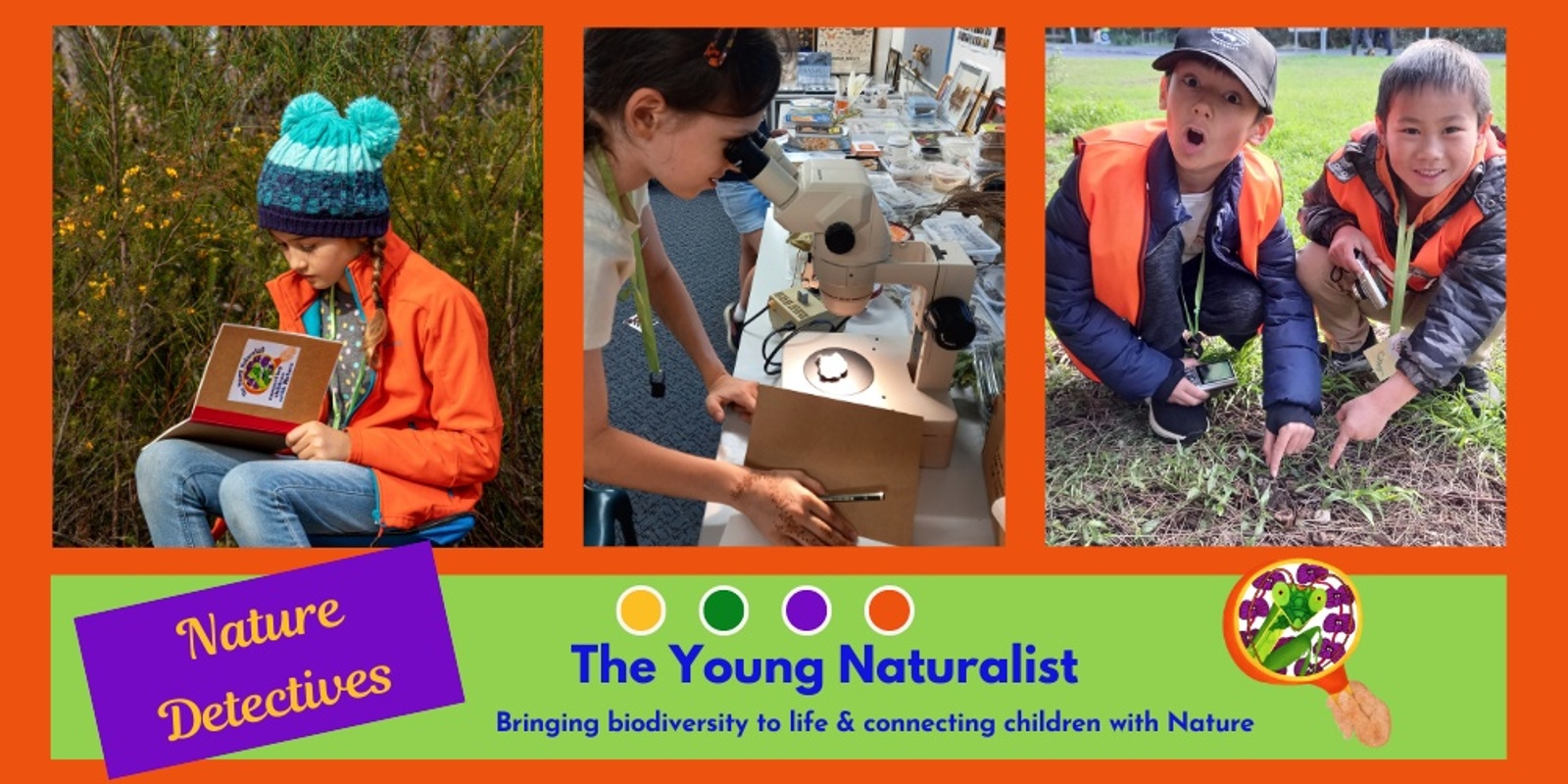In an age driven by technology and urbanization, the allure of nature often fades into the background of our daily lives. Yet, what if the extraordinary beauty of the natural world is just outside your front door? The burgeoning movement of young naturalists invites individuals of all ages to reclaim their connection with the environment. This perspective shift not only piques curiosity but also fosters a profound appreciation for the intricate dynamics of local ecosystems. Here, we unveil the wonders waiting in your neighborhood, encouraging you to become an ardent observer and protector of nature.
Imagine traversing the streets of your locality, yet viewing it through the lens of an intrepid explorer. Each garden, park, and vacant lot represents a microcosm brimming with life and diversity. The first step on this enlightening expedition is understanding the importance of observation. As a young naturalist, begin by compiling a list of flora and fauna found in your vicinity. Families, friends, and children can participate in a joyous activity of identifying and documenting species, thus turning an ordinary stroll into an educational journey.
Start by examining the plants that decorate your neighborhood. From robust oaks to delicate wildflowers, each species holds a unique story. For instance, did you know that the dandelion, often dismissed as a mere weed, plays a crucial role in supporting pollinators? Its vivid yellow blooms attract bees in search of nourishment, while its seeds disperse easily, helping it thrive in various environments. By noting such details, young naturalists will not only gain insight into plant life but also cultivate a symbiotic understanding of how various organisms coexist.
Next, turn your attention to the vibrant world of insects. Though often overlooked, insects are paramount to our ecosystem’s health. Observing ants as they carry food back to their colonies or witnessing the delicate ballet of butterflies pollinating flowers can become mesmerizing spectacles. By employing a magnifying glass or using a smartphone camera, young observers can appreciate the intricate features and colors of these small creatures. Keep a nature journal to sketch or write about the various bugs encountered; this practice enhances observational skills while fostering creativity.
Birdwatching offers another dimension to the neighborhood exploration. Backyard bird feeders can transform your environment into a veritable avian haven, attracting a menagerie of species. Identifying local birds, with their varied plumage and distinctive songs, cultivates a sense of belonging to a more extensive community. Young naturalists may become enthralled by the striking cerulean hue of the Blue Jay or the understated elegance of the Mourning Dove. Each encounter serves as a reminder of the biodiversity surrounding us, often unnoticed amid the hustle and bustle of daily life.
The significance of documenting wildlife extends beyond the mere act of observation. In an era where biodiversity is increasingly threatened, becoming an advocate for local ecosystems is of paramount importance. Engaging in neighborhood clean-ups, planting native species, or creating habitats for pollinators contributes to the preservation of delicate ecological balances. Instilling a sense of responsibility towards the environment within the youth can lead to lasting positive impacts on their communities. This altruistic spirit aligns with the principles of young naturalists, emphasizing both investigation and stewardship.
Moreover, exploring seasonal changes enhances the connection between young naturalists and their environments. The metamorphosis of trees from lush green canopies to skeletons adorned in frost encapsulates nature’s ever-evolving narrative. By tracking these transitions throughout the year, aspiring naturalists learn the cyclic patterns governing life, understanding the delicate interplay between flora and fauna. Imagine joyously gathering with peers to collect leaves of various hues during autumn, each one narrating a distinct chapter of nature’s tale.
To enrich this immersive experience, consider collaborating with local organizations or joining community science initiatives. These programs provide platforms for young explorers to engage in meaningful research and contribute valuable data for ecological studies. A mere observation can contribute to extensive research on migratory bird patterns or the distribution of invasive species. Through such endeavors, young naturalists become integral players in the larger narrative of environmental conservation.
Additionally, multimedia resources abound in this age of digital evolution. Various online platforms and applications offer identification guides for plants and wildlife, enriching the educational journey. Documenting findings on social media or dedicated community forums further augments the experience, enabling budding naturalists to share insights and connect with like-minded enthusiasts globally. This dialogue fosters an inclusive community, where collective knowledge can further incite curiosity and inspire action.
Ultimately, embracing the ethos of young naturalists nurtures a lasting appreciation for the natural world. As individuals begin to see nature through a nuanced lens, they cultivate a curiosity that transcends the ordinary. Each local alley or garden serves as an unfolding story, revealing biodiversity in its most unadulterated form. By fostering a generation of observant stewards, we empower them to advocate for the preservation of our planet’s intricate ecosystems. Thus, don your explorer’s hat, grab your journal, and embark on an inspiring journey through the natural wonders nestled within your very own neighborhood.









Leave a Comment